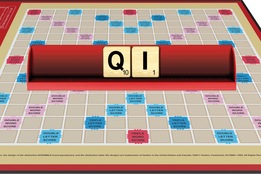
What's a diacritic, anyway?
A diacritic is a mark that is placed over, under, or through a letter in some languages to show that the letter should be pronounced in a particular way.
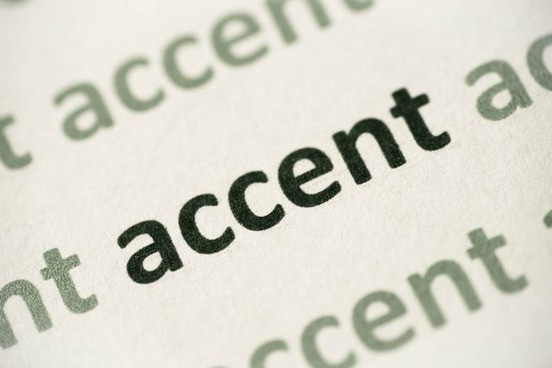
Acute and Grave Accent Marks
The forward-leaning acute accent ( ́ ) generally indicates a stressed syllable or raised pitch. It is commonly found above the letter 'e' in many French words and French borrowings in English, such as exposé, where it indicates that the 'e' is pronounced as a long 'a' and distinguishes the word from another with the same spelling (compare expose). The acute accent is also placed over vowels in Spanish to mark that the syllable the vowel appears in is stressed, as in adiós.
The backward-leaning grave accent ( ˋ ) is often used to indicate an unaccented syllable or a lower inflection, as in the French-derived à la carte or crème. In poetry, it indicates a falling inflection or a final syllable that is to be pronounced separately in words ending in '-ed.'
Margret stood in her chamber; / She'd sewn a silken seam. / She lookèd east an she lookèd west, / An she saw those woods grow green.
— "Tam Lin," The Singing Tradition of Child's Popular Ballads, 1972
The word déjà vu combines both accent marks.
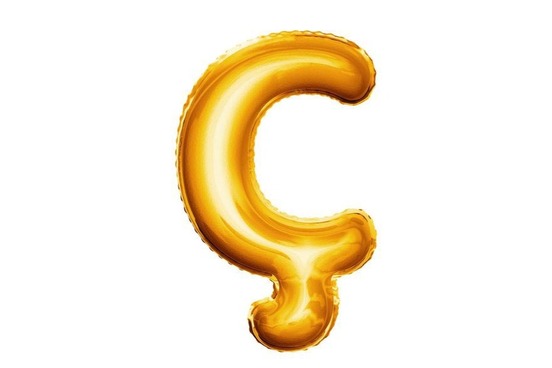
Cedilla
The cedilla ( ̧ ) is the diacritical mark that is placed under the letter 'c,' as in the spelling of the French words façade and garçon, to indicate that the letter is to be pronounced \s\, rather than \k\. Cedilla is from the name of the obsolete Spanish letter 'ç' and is a diminutive form of ceda, itself from zeda, which once denoted the letter 'z.' Actually, the 'ç' was used as a form of 'z' in the Middle Ages. In Late Latin, that letter was referred to as zeta.
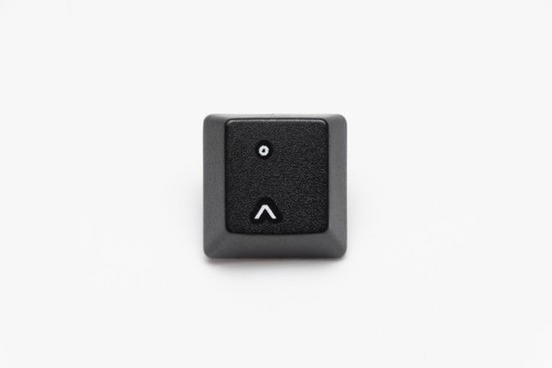
Circumflex
The circumflex ( ˆ ) is the mark that goes over a letter. The name comes from a Latin verb meaning "to bend around," and in other languages it is used to mark length, contraction, or another particular pronunciation of a vowel, such as in the French words château, crêpe, and maître d'.
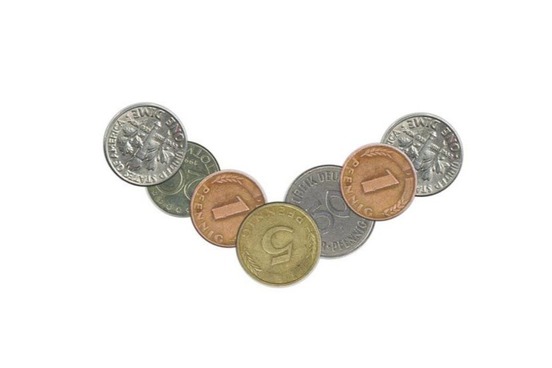
Breve and Haček
The breve ( ˘ ) is a curved mark that is used in written pronunciations to indicate that a vowel is short, as in \kŭt\ for cut, or to show that a syllable is short or unstressed. The word breve is related to brief through the Latin word brevis meaning “brief.”
The haček ( ˇ ) is used in Baltic and Slavonic languages to indicate a change in pronunciation (the last name of the Czech author Karel Čapek bears this diacritic). The name haček is a Czech borrowing meaning, literally, "little hook."

Tilde
The tilde ( ˜ ) is the mark that is most often seen sitting over the letter 'n' (as in Spanish señor, meaning "sir," and mañana, "tomorrow"), where it indicates a blend of the sounds of 'n' and 'y.' In Portuguese, it may appear over 'a' or 'o,' as in São Paulo, and indicates nasality in pronunciation.
The tilde also occurs as a symbol that is used independently of other characters. This tilde is sometimes used in front of a number to mean "approximately" (e.g., "in ~ 30 minutes"), and it has other advanced mathematical uses related to equivalency and negation.

Diaeresis
The diaeresis ( ¨ ) is the mark that is placed over a vowel to indicate that it is pronounced in a separate syllable, as in naïve, Brontë, or Zoë. In the past, it also occurred in words having adjacent vowels that are the same to indicate that they are sounded separately rather than blended, as in coöperate and reëstablish (each of which has four syllables). Diaeresis is from a Greek word meaning "the act of dividing."
In German and Germanic languages (such as Swedish), there is the diaeretic mark called the umlaut, which is placed over a vowel to indicate a more central or front articulation, as in Götterdämmerung and Führer. In orthography, the umlaut may be replaced by an 'e' following the vowel, as in Fuehrer.
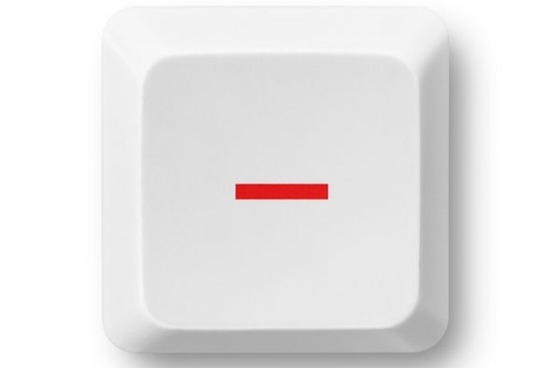
Macron
The macron ( − ) is the mark placed over a vowel to indicate that it is long or placed over a syllable or used alone to indicate a stressed or long syllable in poetry. You are most likely to encounter it in dictionaries, where it is in written pronunciations of words that include a long vowel sound, as ā in the pronunciation of fate or ē in lead.
A Final Note
Diacritical marks are an integral part of spelling in many foreign languages. In English, words with diacritics are borrowings from other languages—the marks are not a natural part of the English language itself. Although the English borrowings enter the language with their markings, they are often dropped from many spellings through Anglicization. Take, for instance, French naïve, which is commonly spelled naive in English.
